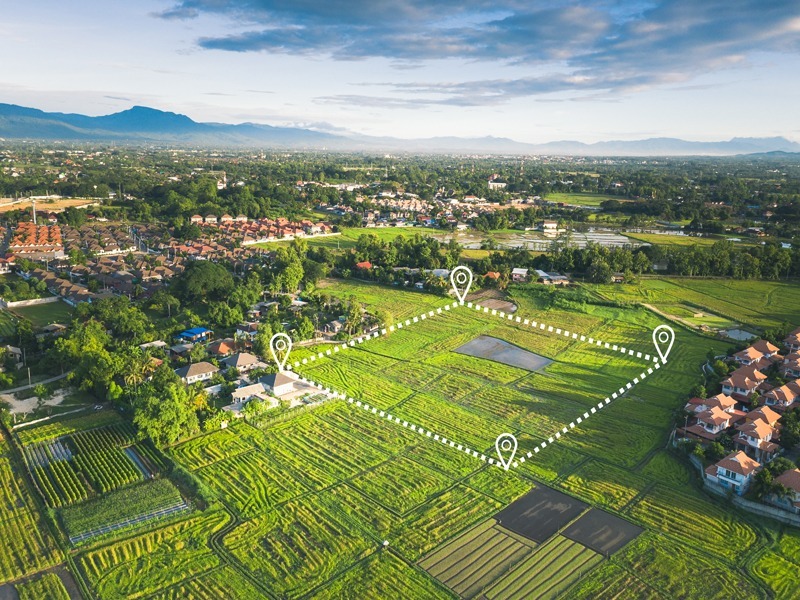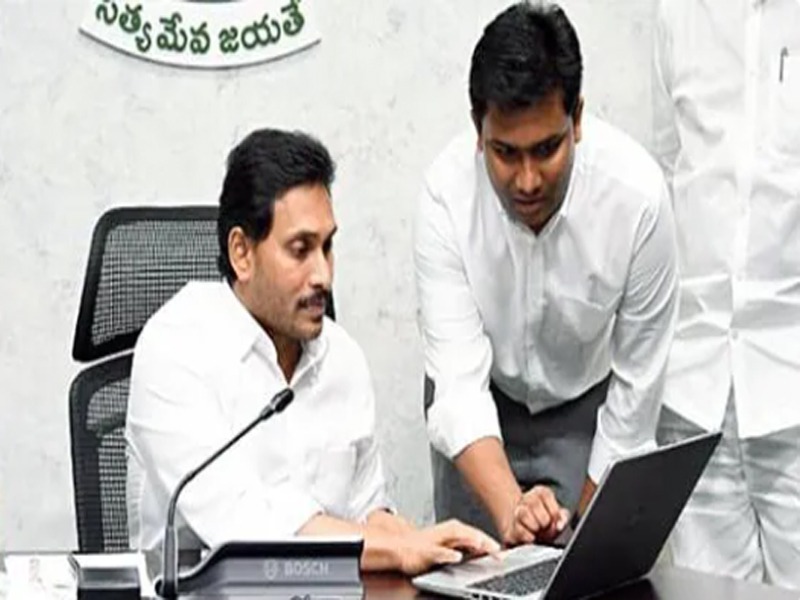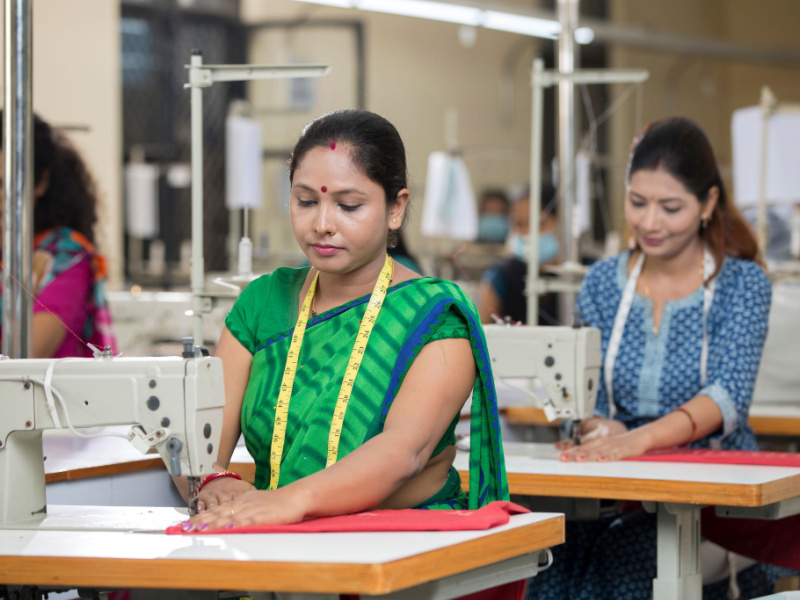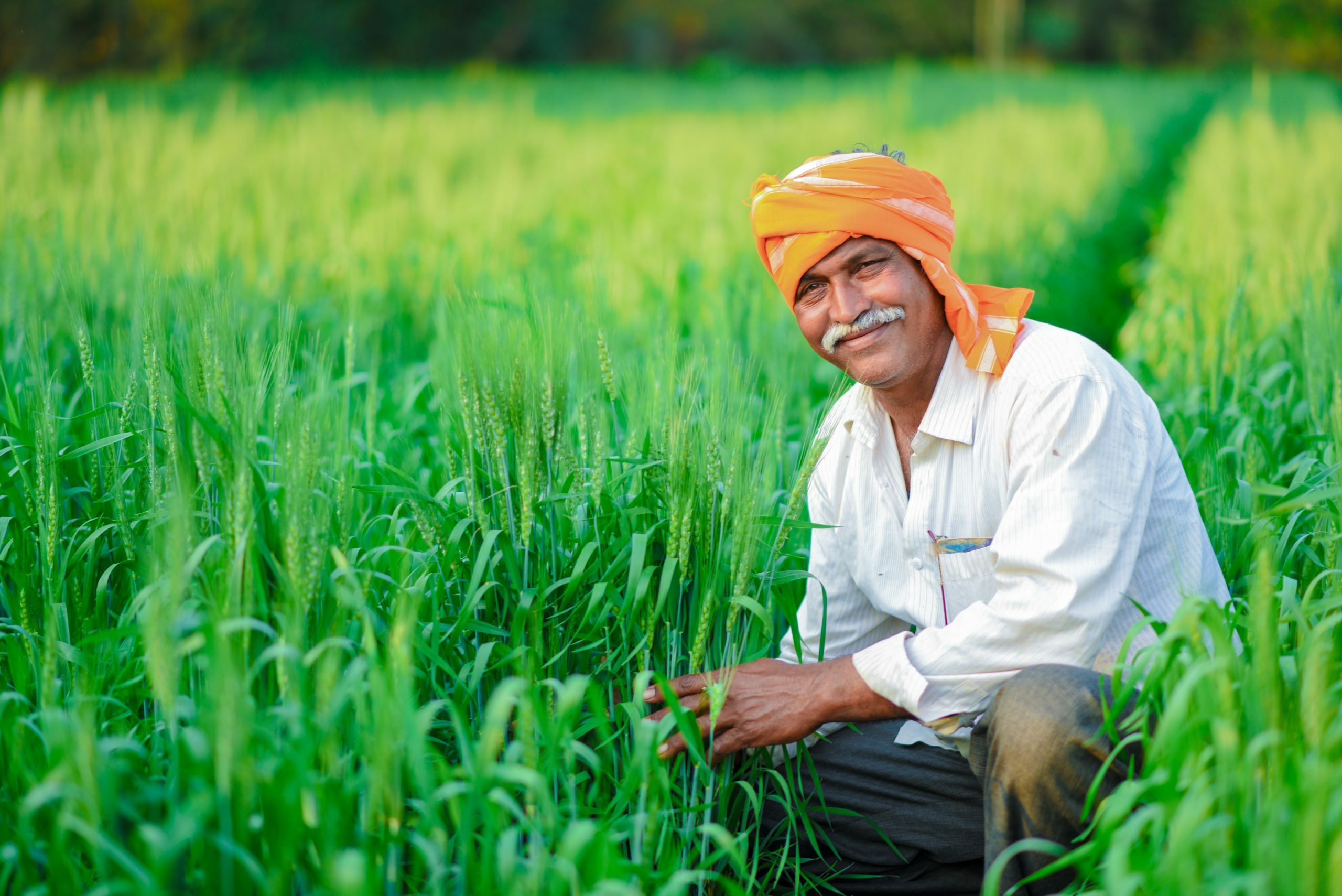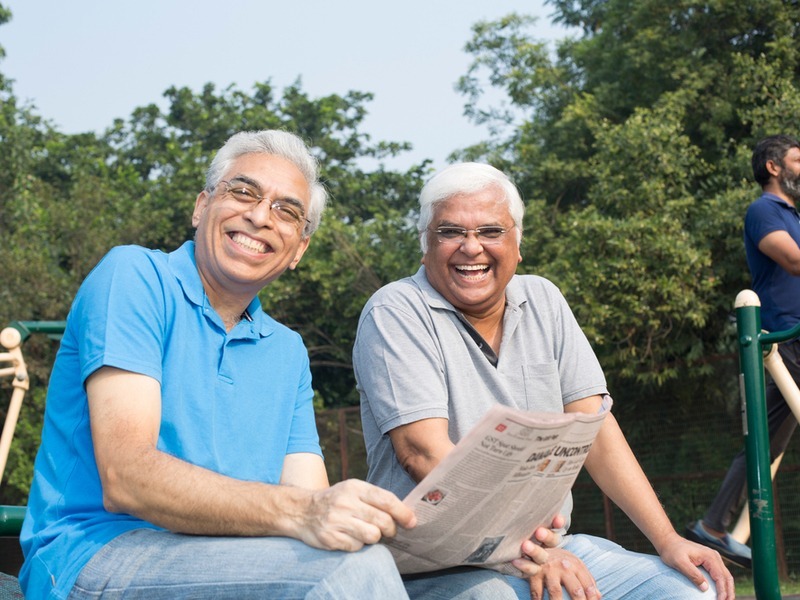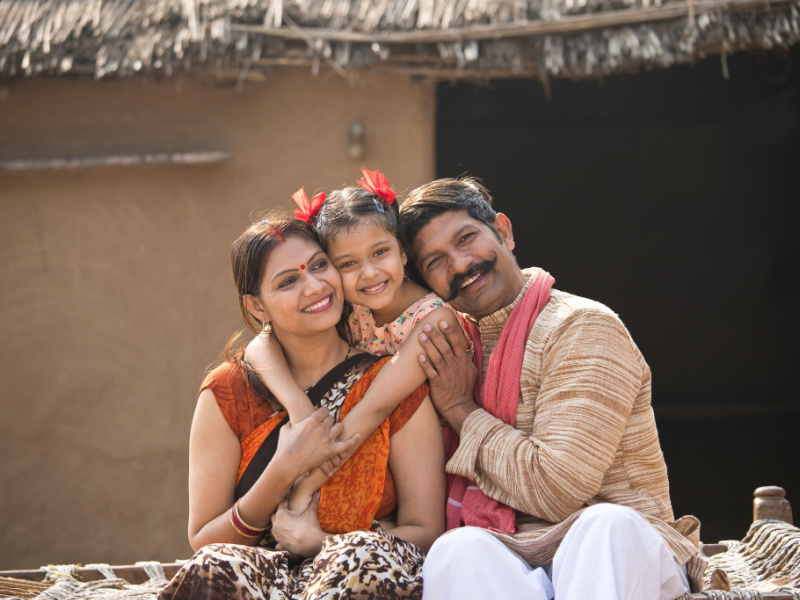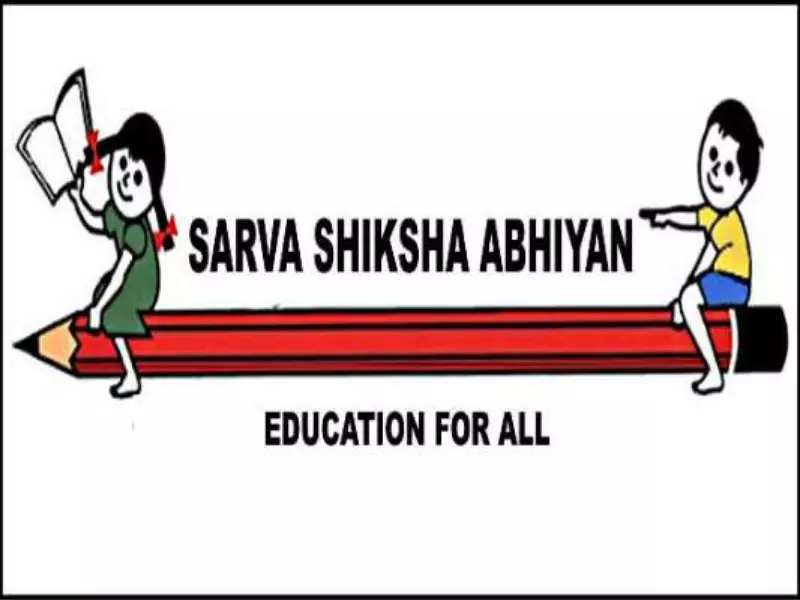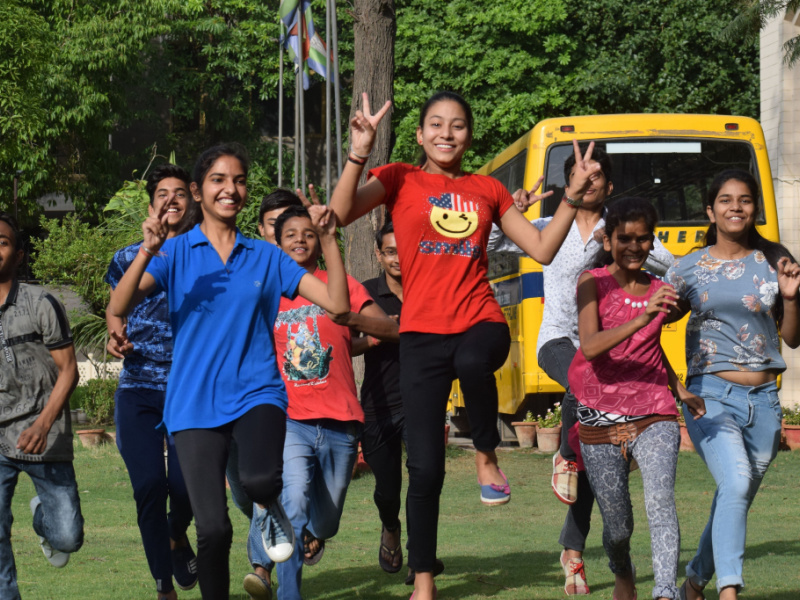
In 2018-19, it was proposed in the Union budget to treat the education in school with a holistic approach. This led to the birth of Samagra Shiksha in 2018. The scheme is an overarching program concerning the school education sector. It is prepared to achieve equitable learning outcomes at pre-school to class 12 level. It is in line with the three schemes, which are:
- Sarva Shiksha Abhiyan (SSA),
- Rashtriya Madhyamik Shiksha Abhiyan (RMSA)
- Teacher Education (TE)
Strategy and goals of Samagra Shiksha Scheme
Samagra Shiksha is a centrally sponsored scheme taken care of by the Minister of Education and the Department of School Education and Literacy. The governing body’s role is to provide approval to guidelines and modify the financial aspects of the programs. The strategy is to implement innovation in education and bring improvements.
To make the most of the scheme, children will be provided access using the DBT mode through a digital platform. The scheme work towards enhancing 1.16 million schools, over 156 million students, and 5.7 million Teachers of Government and Aided schools (from pre-primary to senior secondary level).
Major objectives of Samagra Shiksha
- To provide quality education and an equitable environment in the classroom.
- Enhance learning outcomes of students
- Filling up the gaps in Social and Gender in School Education
- To ensure equality and inclusion at all levels of school education
- To keep the minimum standards in schooling provisions
- Focus on Vocationalisation of education
- To work towards making SCERTs/State Institutes of Education and DIET strong agencies for training all the teachers.
- To implement an integrated curriculum so that students can avail 21st-century skills.
- Follow RTE Act 2009, which is the right to free and compulsory education for all children.
- Emphasize early childhood education as well as care
Special features of Samagra Shiksha
- Giving importance to the quality of education
- Learning outcomes are given major preference
- Teachers to be given proper training
- We are improving the Institutes such as SCERTs and DIETs, which provide training to teachers and make them more dynamic.
- Imparting online and offline mode training skills to teachers
- Proving grants to around 1 million schools for improving the libraries.
- More focus on Teachers and Technology
- Providing the resources which result in better outcomes
- Education with holistic style
- For Classes I to XII, there should be a single scheme
- Encouraging states to start pre-primary education and giving them full support.
- The senior secondary levels are also included in the scheme.
- Preparing budget to provide grants for bringing improvement in education style
- Emphasize digital learning
- Shaala Saarthi and Shal Kosha are some digital initiatives that should be promoted.
- We promote smart and virtual classrooms, digital boards, and DTH channels.
- They are using a digital portal DIKSHA to let teachers upgrade their skills.
- Effective use of technology for good quality education.
- Promoting Girl Education
- Implementing “Beti Bachao, Beti Padhao.
- We are providing stipends to CWSN girls from classes 1 to 12.
- Initiating self-defense training programs for girls
- We focus on integrated administration in the education sector and place school as a continuum.
- More focus on enhancing schools
- To implement Swachh Vidyalaya
- We are working towards building better school infrastructure, specifically government schools.
- Effective consolidation of schools
- Vocational skills to be implemented at the upper primary level with a more practical approach.
- We are emphasizing sports education and making it compulsory in the curriculum.
- Primary schools will be given sports equipment at Rs 5000, upper primary school at Rs 10,000, and secondary and senior secondary schools at Rs 25,000.
- We provide education to one and all with a balanced education program in which preference will be given to educationally backward blocks, districts affected with LWE, border areas, and more.
- It provides uniforms at Rs.600 per annum per child and textbooks at Rs.250/400 per annum per child.
How is the Samagra Shiksha scheme beneficial?
- The Samagra Shiksha scheme will prove advantageous in letting each child complete the school education with full access to all services.
- It also gives importance to Teacher Education, leading to effective mentoring, pedagogy, a unified training calendar, and more.
- Schools will also make better use of digitalization and technology. The education will be widespread among all sections of society and every nook and corner of the country.
Latest achievements of Samagra Shiksha Scheme
- Special elementary level training was given to 3.23 lakh out-of-school children.
- Transport facility provided to 2.41 lakh children
- Under Section 1212(l)(c) of the RTE Act, 32.67 lakh children have been covered.
- Free uniforms are given to around 6.57 cr children
- Free textbooks are given to 8.84 cr children at the elementary level
- The training was given to 14.32 lakh teachers
- Self-defense training is given to girls in 81288 schools
- Stipend provided to 3.52 lakh CWSN girls.














